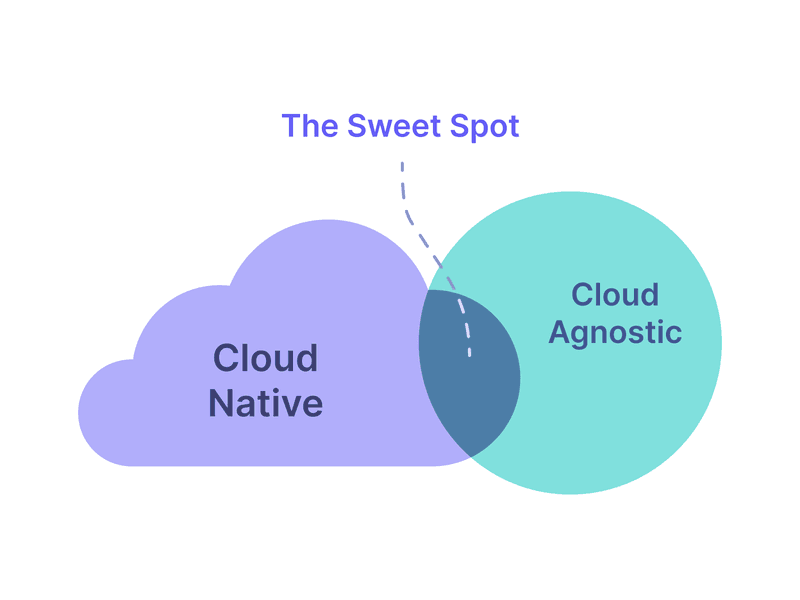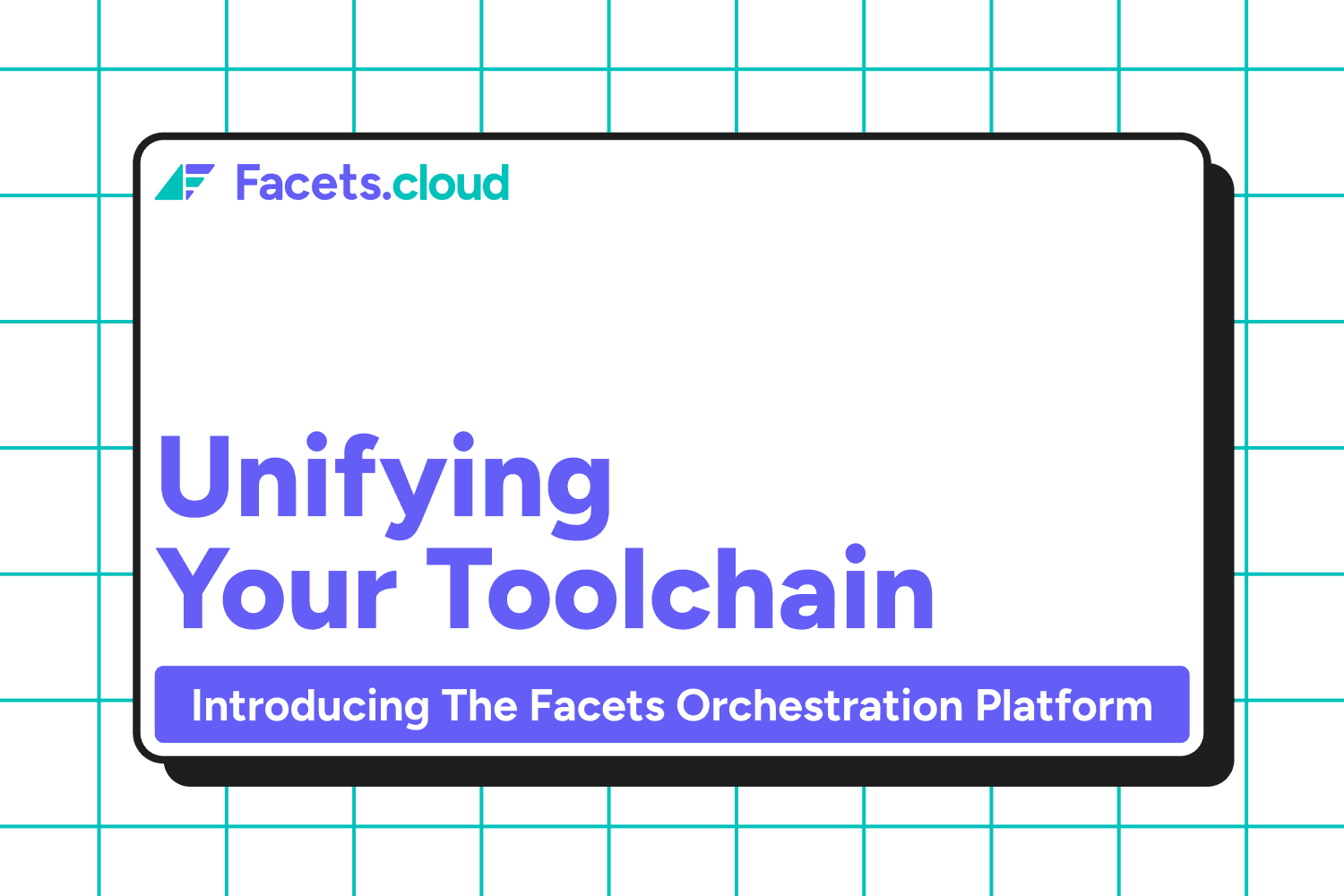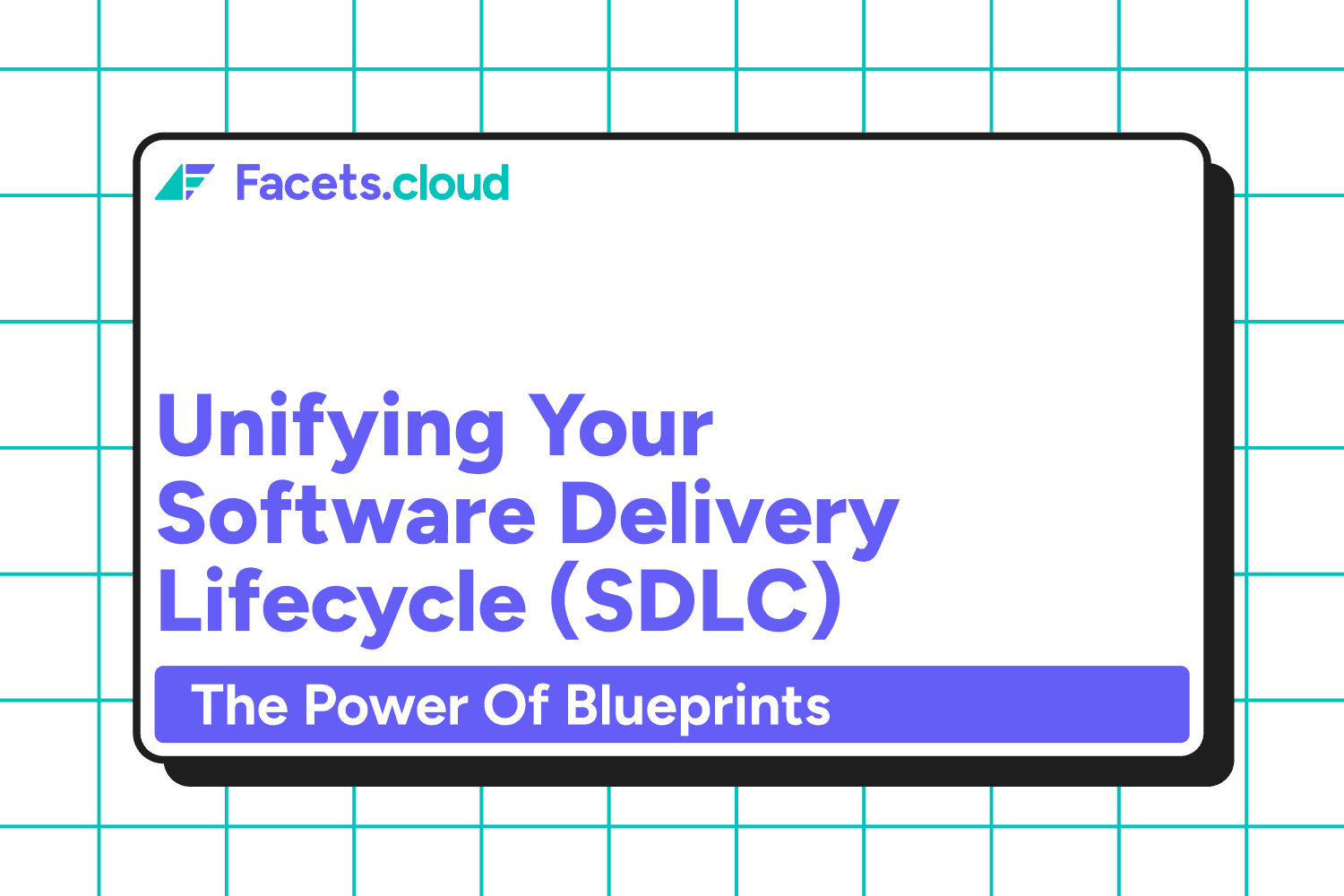
Cloud Interoperability has become essential, allowing organizations to easily switch between cloud providers or use multiple clouds. This flexibility is crucial for meeting customer needs, entering new markets, adhering to legal rules, and cutting costs—all key to staying competitive.
Specifically consider the following scenarios -
A SaaS startup that deals with sensitive data is being asked by an enterprise prospect to deploy on their premise, on their preferred cloud
You are planning to support a region in which your preferred cloud doesn’t have a presence
You find a strong business alignment with a different cloud vendor
Many companies start by partnering with one cloud provider, deeply integrating their system to use specific features and improve efficiency. However, this can lead to a dependency on that single provider, making it hard to switch to another provider or use additional cloud services later on.
Being locked into one vendor can limit a company's growth and its ability to adapt to new tech changes. Cloud portability is vital for avoiding these issues, giving businesses the ability to stay flexible and responsive. By focusing on adaptability, companies can remain competitive and ready for new technological advances.
The Challenges of Cloud Portability
As companies expand, the idea of cloud portability—switching between cloud providers— becomes appealing due to its advantages. However, switching between cloud providers can present several challenges. Here are the main obstacles encountered during these transitions:
Outdated Documentation: The journey begins with needing current documentation, which is often missing. This discrepancy makes starting tough, as the existing setup might not align with what's documented.
Learning New Skills: Transitioning to a different cloud requires the team to learn new things, taking time away from regular duties. This learning period can lead to setups that aren't as efficient, due to unfamiliarity with the new environment.
Rewriting Automation: Scripts designed for one cloud usually need changes to work on another, a task that can get complicated.
Pausing Development: Updating automation for the new cloud can slow down or even halt development, potentially causing project delays.
Managing Environment Drifts: Moving from one cloud setup to another can create confusion and inconsistency, particularly as applications evolve.
Training Teams: Getting used to a new cloud means mastering new tools and practices, which can temporarily lower productivity and prolong the transition phase.
Preparing for and understanding these challenges is crucial for a smooth shift to using multiple clouds, allowing businesses to fully benefit from cloud portability without the drawbacks.
How Facets Simplifies Cloud Inter-operability with Cloud-agnostic Blueprints
Facets’ blueprint-driven approach is a hyper-converged view of Infrastructure, code and configuration – and thus, it takes a holistic approach to an entire make environment replication seamless. Further, you can model the blueprints in a cloud agnostic manner – making the environments deployable on any cloud like AWS, Azure, or GCP. The automation against these blueprints can be dynamically wired by the Facets Orchestration Platform for every environment. This way, you can use different cloud services without redoing your automation, getting the best from each cloud without the usual difficulties.
Cloud-agnostic Blueprints makes cloud migration easier by:
- Clearer Documentation: The cloud-agnostic blueprints capture the developer intent which is never outdated.
- Easy to get started: Facets Orchestration platform provides best-practice implementations against the blueprints providing a quick start
- Dynamic Automation Wiring: Facets Orchestration platform wires your automation dynamically for you, removing the need for manual wiring changes during cloud transitions.
- No Development Pauses: Development can continue without interruption, as Facets Orchestration platform ensures continuous delivery across different clouds.
- Stable Environments: It maintains consistency in your environments (even across clouds), preventing issues that arise from moving between clouds.
- Easier for Developers: Facets developer portal ensures the developer experience remains consistent for the multi-cloud environments
Best Practices for Using Cloud Services with DCI
If cloud inter-operability is a must for your industry, we advise companies to follow a simple approach to deciding on our cloud service usage, categorizing choices into "blue cloud" for straightforward decisions and "gray cloud" for more complex ones.
For standard cloud services, we recommend sticking to services which have protocol-compliant alternatives in most other clouds - such as AWS's Aurora, to facilitate easy migration without relying heavily on special features—this is our "blue cloud" approach. However, for "gray cloud" scenarios, using unique features may complicate transitions to other clouds.
When it comes to popular cloud features, opting for widely-used services like AWS S3, along with cloud-agnostic tools, ensures ease of use across different platforms. This falls under "blue cloud" as well. But, any niche features which doesn’t have other cloud equivalents (For eg. S3 Select) falls into the "grey cloud" category, as it can hinder migrations.
Lastly, if you must use “gray cloud” features, we suggest wrapping special features in a flexible manner, such as using S3 select, to keep your migration options open and ensure seamless adaptation to other clouds when necessary.
Finding the Balance in Cloud Strategy

Being cloud-agnostic is about quickly adapting to new clouds, not just using many or switching without reason. It allows you to plan ahead without investing in tools for other clouds immediately. You can still enjoy each cloud's unique perks by managing your setup wisely.
A good cloud strategy leverages the best each cloud has to offer while being ready to switch if needed. It involves choosing widely used services, adding flexible layers, simplifying processes, and employing automation tools. This approach ensures your cloud setup is robust yet adaptable to changes.
In essence, smart cloud usage means using the best features of each provider while staying ready to change as needed. This strategy ensures you benefit from the cloud today and keeps you open to future opportunities. Achieving this balance is crucial for creating a cloud environment that's both powerful and flexible, prepared for the future.


